

De la Visión a la Realidad.
From Vision to Actuality.
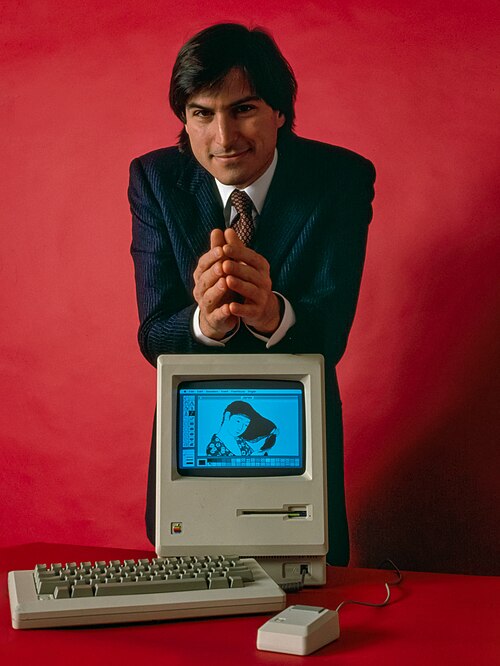
Hace décadas, dos visionarios sembraron las semillas de lo que hoy florece como la democratización del desarrollo de software. Steve Jobs insistió obsesivamente en que las computadoras debían ser amigables. No solo funcionales, sino intuitivas. Alan Cooper, el "padre de Visual Basic", fue aún más crítico...
 Decades ago, two visionaries planted the seeds of what today blooms as the democratization of software development. Steve Jobs obsessively insisted that computers should be friendly. Not just functional, but intuitive. Alan Cooper, the "father of Visual Basic," was even more critical...
Decades ago, two visionaries planted the seeds of what today blooms as the democratization of software development. Steve Jobs obsessively insisted that computers should be friendly. Not just functional, but intuitive. Alan Cooper, the "father of Visual Basic," was even more critical...

Steve Jobs insistió obsesivamente en que las computadoras debían ser amigables. No solo funcionales, sino intuitivas. "Diseño no es solo cómo se ve o cómo se siente. Diseño es cómo funciona", decía. Cuando creó el primer Macintosh, Jobs pidió a su equipo que la máquina "pareciera amigable". El resultado fue un dispositivo que, por primera vez, invitaba al usuario en lugar de intimidarlo. Su visión fue radical: la tecnología debía adaptarse a las personas, no al revés.

Jobs entendió que las interfaces gráficas, los íconos, el mouse —metáforas visuales del mundo real— podían transformar la relación entre humanos y máquinas. Cada detalle contaba: pasó horas perfeccionando los bordes de las ventanas del Macintosh y las fuentes tipográficas porque los usuarios los verían constantemente. Su filosofía era simple pero revolucionaria: la tecnología debe servir a las personas, no someterlas. Ni mencionar el impacto posterior del iPod y el iPhone.

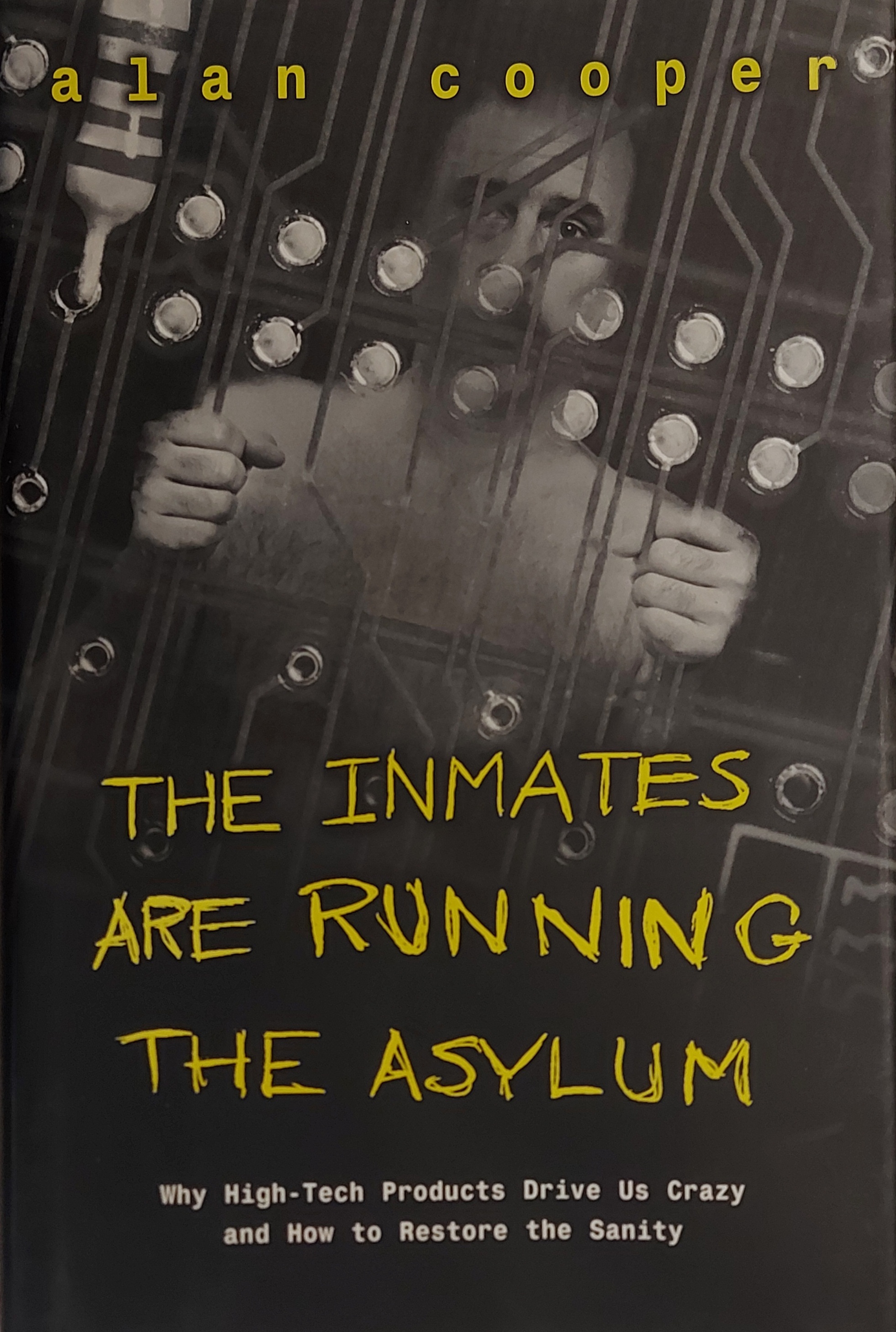
Alan Cooper, el "padre de Visual Basic", fue aún más crítico. En su libro influyente The Inmates Are Running the Asylum (Los Locos Están Dirigiendo el Manicomio), Cooper expuso brutalmente cómo las empresas de tecnología habían entregado el control a ingenieros y programadores sin considerar la experiencia del usuario. "Los ejecutivos han dejado que los locos dirijan el manicomio", escribió.
Cooper argumentó que el diseño basado en tareas —cómo piensan los programadores— debía ceder ante el diseño orientado a objetivos —cómo piensan los usuarios reales. Introdujo el concepto revolucionario de personas: modelos detallados de usuarios ficticios pero realistas que guían el proceso de diseño. Su mensaje era claro: software mal diseñado no es solo frustrante, es excluyente. Crea una "apartheid tecnológico" donde personas perfectamente capaces quedan marginadas porque no pueden usar las herramientas que todos damos por sentadas.

Steve Jobs obsessively insisted that computers should be friendly. Not just functional, but intuitive. "Design is not just what it looks like and feels like. Design is how it works," he said. When he created the first Macintosh, Jobs asked his team to make the machine "look friendly." The result was a device that, for the first time, invited the user rather than intimidating them. His vision was radical: technology should adapt to people, not the other way around.

Jobs understood that graphical interfaces, icons, the mouse—visual metaphors of the real world—could transform the relationship between humans and machines. Every detail mattered: he spent hours perfecting the edges of Macintosh windows and fonts because users would see them constantly. His philosophy was simple but revolutionary: technology must serve people, not subjugate them. Not to mention the later impact of the iPod and iPhone.


Alan Cooper, the "father of Visual Basic," was even more critical. In his influential book The Inmates Are Running the Asylum, Cooper brutally exposed how technology companies had handed over control to engineers and programmers without considering user experience. "Executives have let the inmates run the asylum," he wrote.
Cooper argued that task-based design—how programmers think—should give way to goal-oriented design—how real users think. He introduced the revolutionary concept of personas: detailed models of fictional but realistic users that guide the design process. His message was clear: poorly designed software is not just frustrating, it's exclusionary. It creates a "technology apartheid" where perfectly capable people are marginalized because they cannot use the tools we all take for granted.


Mientras Jobs y Cooper transformaban cómo diseñamos tecnología, otros pioneros revolucionaban cómo comunicamos información. Edward Tufte, el "Leonardo da Vinci de los datos", estableció los principios fundamentales de la visualización de información...
 While Jobs and Cooper transformed how we design technology, other pioneers revolutionized how we communicate information. Edward Tufte, the "Leonardo da Vinci of data," established the fundamental principles of information visualization...
While Jobs and Cooper transformed how we design technology, other pioneers revolutionized how we communicate information. Edward Tufte, the "Leonardo da Vinci of data," established the fundamental principles of information visualization...

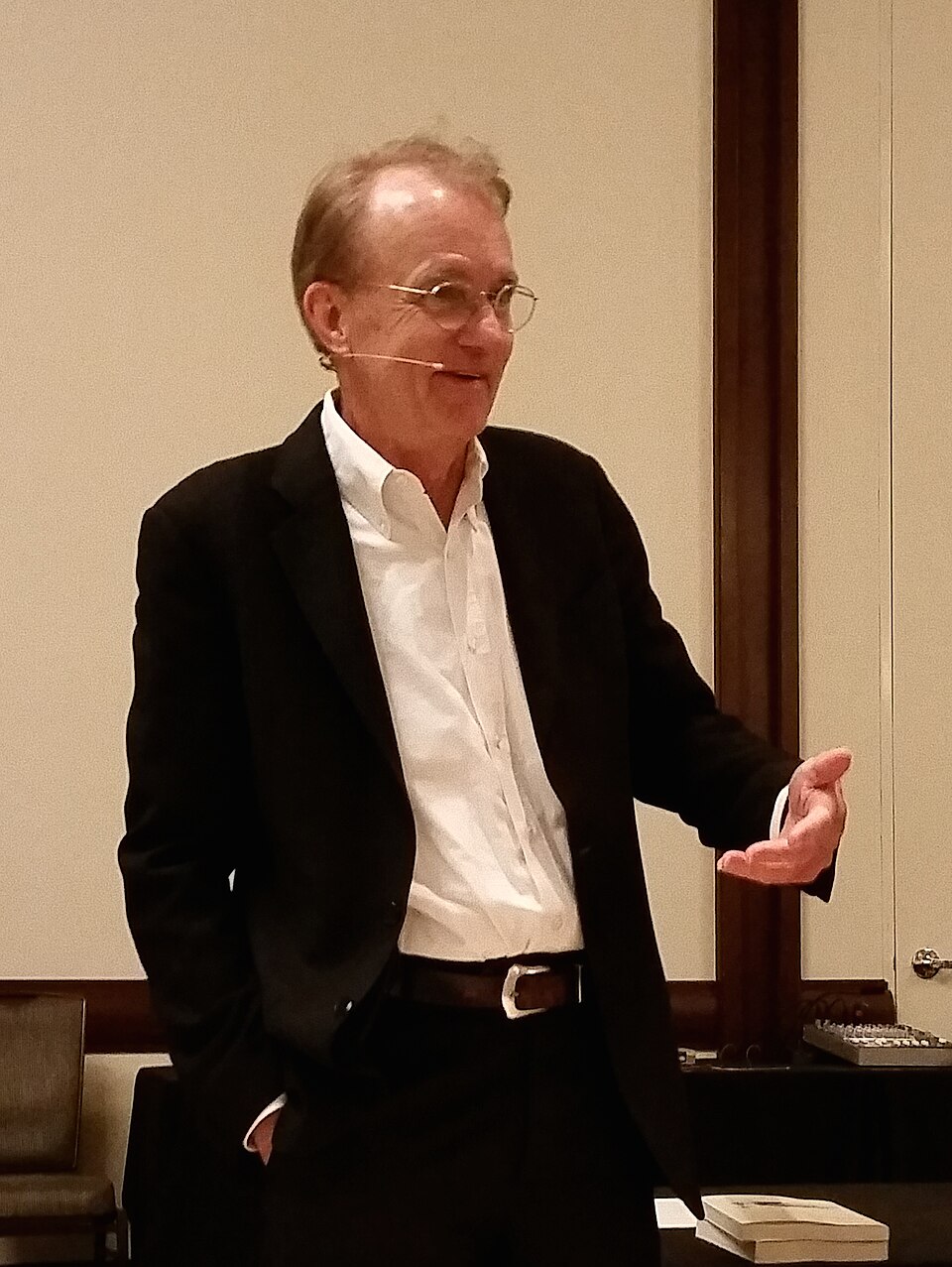
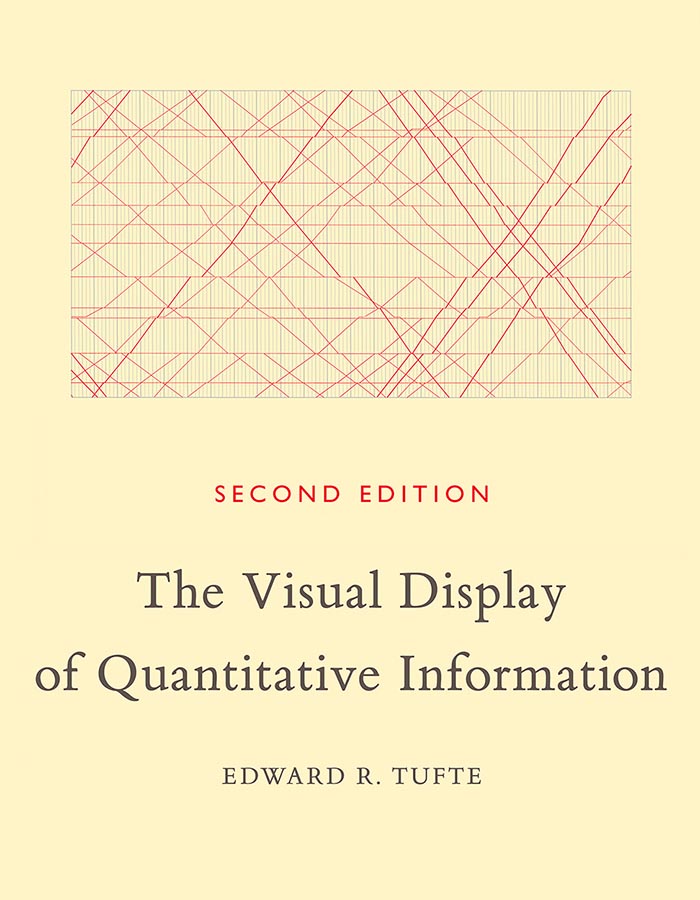
En sus obras seminales, especialmente The Visual Display of Quantitative Information, Tufte propuso el concepto del data-ink ratio: maximizar la tinta que representa datos reales y minimizar todo lo demás. Acuñó el término "chartjunk" para describir los elementos decorativos que entorpecen en lugar de ayudar.
Para Tufte, la excelencia gráfica consiste en presentar ideas complejas con claridad, precisión y eficiencia. Sus principios —integridad gráfica, comparaciones claras, revelación de múltiples niveles de detalle— no son solo sobre hacer gráficos bonitos. Son sobre respetar la inteligencia del espectador y la verdad de los datos. En un mundo cada vez más saturado de información, la claridad de Tufte es un acto de compasión.
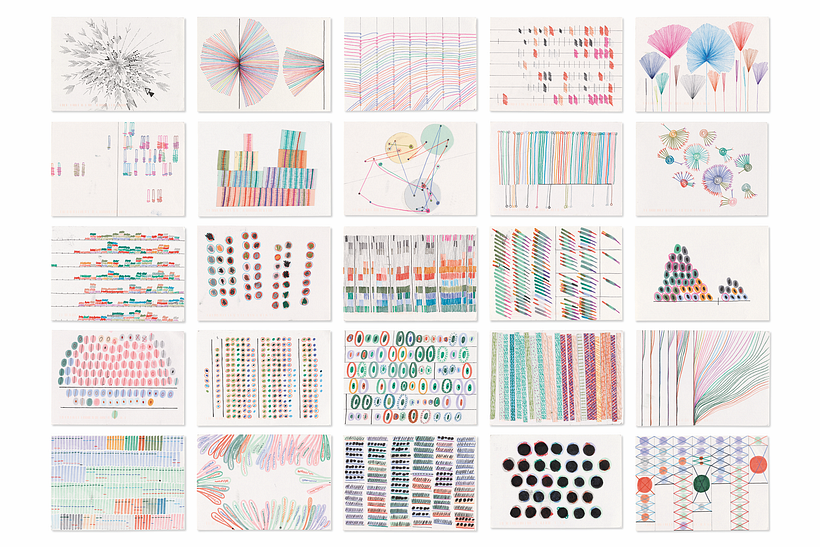
Giorgia Lupi llevó esta conversación más allá con su filosofía de Data Humanism (Humanismo de Datos). Como diseñadora de información en Pentagram, Lupi argumenta que los datos no son números fríos e impersonales, sino abstracciones de vidas humanas, historias e ideas reales. Su proyecto Dear Data —donde durante un año intercambió postales con visualizaciones de datos personales dibujadas a mano— demostró que los datos pueden ser íntimos, empáticos y profundamente humanos.
Lupi nos recuerda que "los datos no existen": son instrumentos que creamos para registrar la realidad, siempre aproximaciones, nunca la cosa real. Por eso debemos diseñar visualizaciones que abracen la imperfección, la incertidumbre, el contexto. Sus diseños traducen información en narrativas visuales y táctiles que no solo informan sino que conectan emocionalmente. En la era del big data, Lupi nos enseña que más que nunca necesitamos diseño que nos ayude a sentirnos más empáticos, más conectados con nosotros mismos y con otros.



In his seminal works, especially The Visual Display of Quantitative Information, Tufte proposed the concept of the data-ink ratio: maximize the ink that represents actual data and minimize everything else. He coined the term "chartjunk" to describe decorative elements that hinder rather than help.
For Tufte, graphical excellence consists of presenting complex ideas with clarity, precision, and efficiency. His principles—graphical integrity, clear comparisons, revelation of multiple levels of detail—are not just about making pretty charts. They're about respecting the viewer's intelligence and the truth of the data. In an increasingly information-saturated world, Tufte's clarity is an act of compassion.

Giorgia Lupi took this conversation further with her philosophy of Data Humanism. As an information designer at Pentagram, Lupi argues that data are not cold, impersonal numbers, but abstractions of real human lives, stories, and ideas. Her Dear Data project—where for a year she exchanged postcards with hand-drawn personal data visualizations—demonstrated that data can be intimate, empathetic, and profoundly human.
Lupi reminds us that "data doesn't exist": they are instruments we create to record reality, always approximations, never the real thing. That's why we must design visualizations that embrace imperfection, uncertainty, context. Her designs translate information into visual and tactile narratives that not only inform but connect emotionally. In the era of big data, Lupi teaches us that more than ever we need design that helps us feel more empathetic, more connected to ourselves and others.


Hoy, la visión de estos pioneros converge en lo que Netlify describe como el efecto multiplicador de los Agent Runners de inteligencia artificial. La IA ha hecho más que acelerar el desarrollo de software, ha abierto las puertas del espacio exclusivo de los programadores...
 Today, the vision of these pioneers converges in what Netlify describes as the multiplier effect of AI Agent Runners. AI has done more than accelerate software development, it has opened the doors to the exclusive space of programmers...
Today, the vision of these pioneers converges in what Netlify describes as the multiplier effect of AI Agent Runners. AI has done more than accelerate software development, it has opened the doors to the exclusive space of programmers...

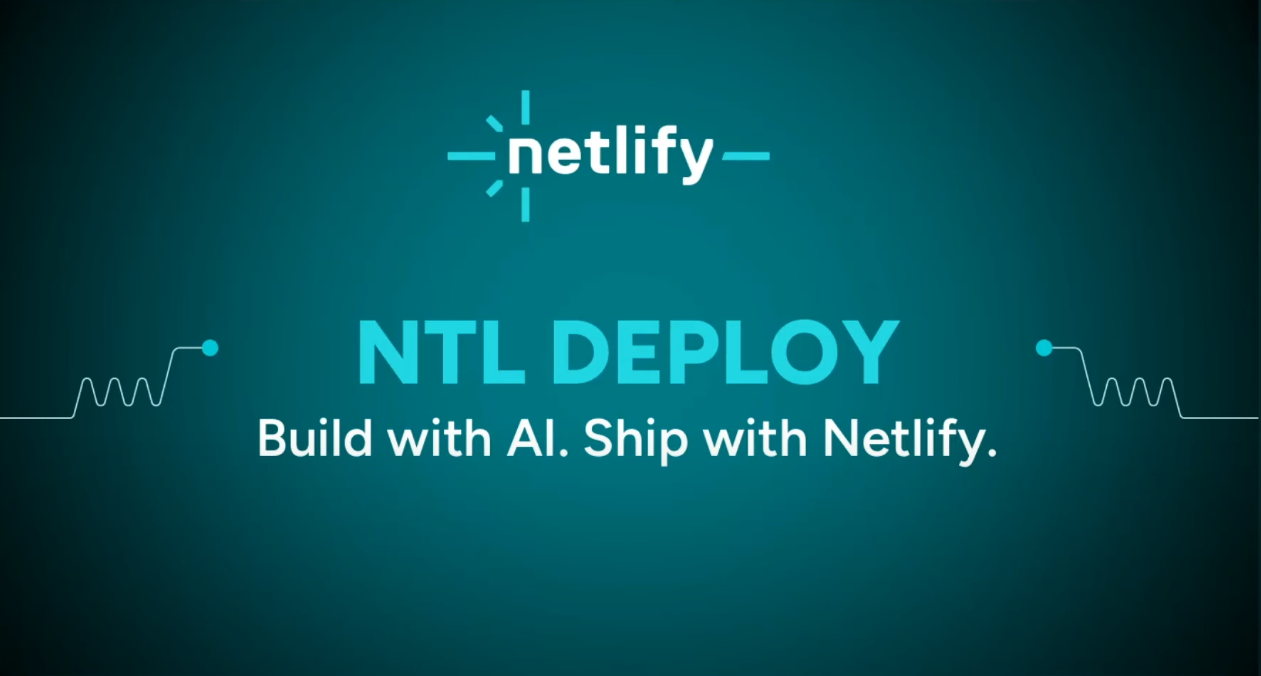
Con el prompt correcto, cualquier persona puede crear un prototipo funcional o incluso un producto completo sin saber programar. Este cambio empodera a quien pueda llevar ideas desde la chispa inicial hasta la solución completa.
Los ingenieros de software van a seguir siendo absolutamente esenciales —nadie más puede enfrentar los desafíos técnicos más difíciles de escala, rendimiento, arquitectura y seguridad. Pero lo verdaderamente notable es cómo el resto del equipo se va a sentir empoderado por las nuevas herramientas. Gerentes de producto, diseñadores, investigadores, especialistas en marketing: todos pueden ahora usar agentes de IA para llevar sus ideas de principio a fin, construyendo conceptos o funcionalidades completas que antes requerían una constante dependencia de programadores.
Sus habilidades únicas no solo complementan el código; cuando se combinan con la capacidad de construir, multiplican el poder de dar respuestas más acertadas a importantes desafíos.
Los equipos de profesionales no-programadores dejan de pasar especificaciones a quienes exclusivamente programaban y comienzan a llevar ideas desde la chispa genial hasta la solución concreta. La programación no es la meta final sino un amplificador. Cuando cada rol puede combinar sus fortalezas con la capacidad de construir, los productos se vuelven no solo funcionales sino extraordinarios: más rápidos de desarrollar, más fieles a las necesidades de los usuarios, más ricos en imaginación.


With the right prompt, anyone can create a functional prototype or even a complete product without knowing how to program. This change empowers those who can take ideas from the initial spark to the complete solution.
Software engineers will continue to be absolutely essential—no one else can tackle the most difficult technical challenges of scale, performance, architecture, and security. But what is truly remarkable is how the rest of the team will feel empowered by the new tools. Product managers, designers, researchers, marketing specialists: all can now use AI agents to take their ideas from start to finish, building concepts or complete functionalities that previously required constant dependence on programmers.
Their unique skills not only complement code; when combined with the ability to build, they multiply the power to give more accurate answers to important challenges.
Teams of non-programming professionals stop passing specifications to those who exclusively programmed and begin to take ideas from the brilliant spark to the concrete solution. Programming is not the final goal but an amplifier. When each role can combine its strengths with the ability to build, products become not just functional but extraordinary: faster to develop, more faithful to user needs, richer in imagination.


En Umbusk, esta confluencia de visiones define nuestra identidad. Creemos que el desarrollo de software es demasiado importante para estar limitado solo a programadores. Las mejores soluciones emergen cuando las personas que entienden profundamente los problemas pueden traducir directamente su conocimiento en prototipos funcionales...
 At Umbusk, this confluence of visions defines our identity. We believe that software development is too important to be limited only to programmers. The best solutions emerge when people who deeply understand problems can directly translate their knowledge into functional prototypes...
At Umbusk, this confluence of visions defines our identity. We believe that software development is too important to be limited only to programmers. The best solutions emerge when people who deeply understand problems can directly translate their knowledge into functional prototypes...

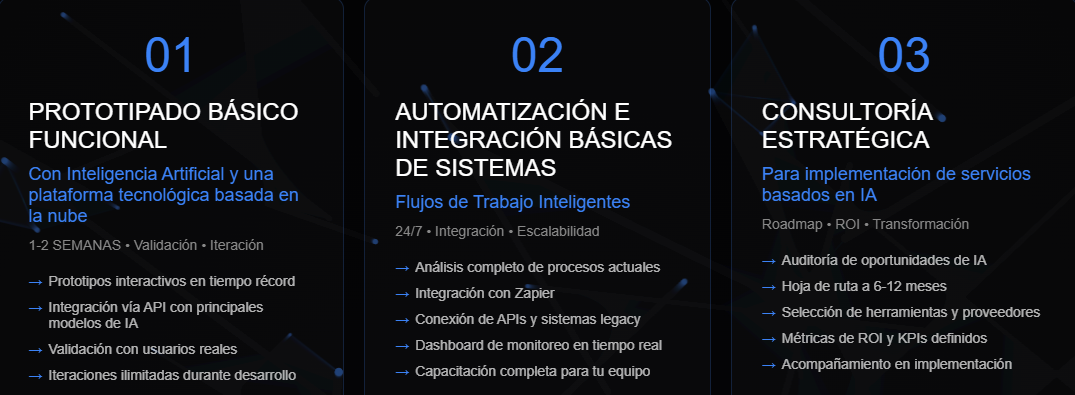
Nuestra misión es convertir ideas en prototipos estratégicos usando inteligencia artificial. No creamos software final (eso sigue siendo trabajo de ingenieros de software), pero sí creamos puentes tangibles entre visión y realidad:
Trabajamos en automatizaciones de procesos vinculados al software, pero estamos abiertos a explorar prototipos en múltiples áreas del conocimiento. Porque en su esencia, nuestro trabajo no es sobre tecnología —es sobre facilitar que las personas con grandes ideas puedan materializarlas.
En la era del efecto multiplicador, Umbusk es el socio que convierte tu experticia única en prototipos tangibles. No necesitas ser programador para innovar. Con una visión clara de lo que quieres y el entusiasmo por explorarla, podemos hacer equipo para hacerla real:
El futuro de las mejores aplicaciones no solo depende de escribir código, sino de amplificar las capacidades de muchos profesionales para transformar ideas en realidades.


Our mission is to convert ideas into strategic prototypes using artificial intelligence. We don't create final software (that remains the work of software engineers), but we do create tangible bridges between vision and reality:
We work on automating processes linked to software, but we are open to exploring prototypes in multiple areas of knowledge. Because at its essence, our work is not about technology—it's about facilitating people with great ideas to materialize them.
In the era of the multiplier effect, Umbusk is the partner that converts your unique expertise into tangible prototypes. You don't need to be a programmer to innovate. With a clear vision of what you want and the enthusiasm to explore it, we can team up to make it real:
The future of the best applications doesn't just depend on writing code, but on amplifying the capabilities of many professionals to transform ideas into realities.
